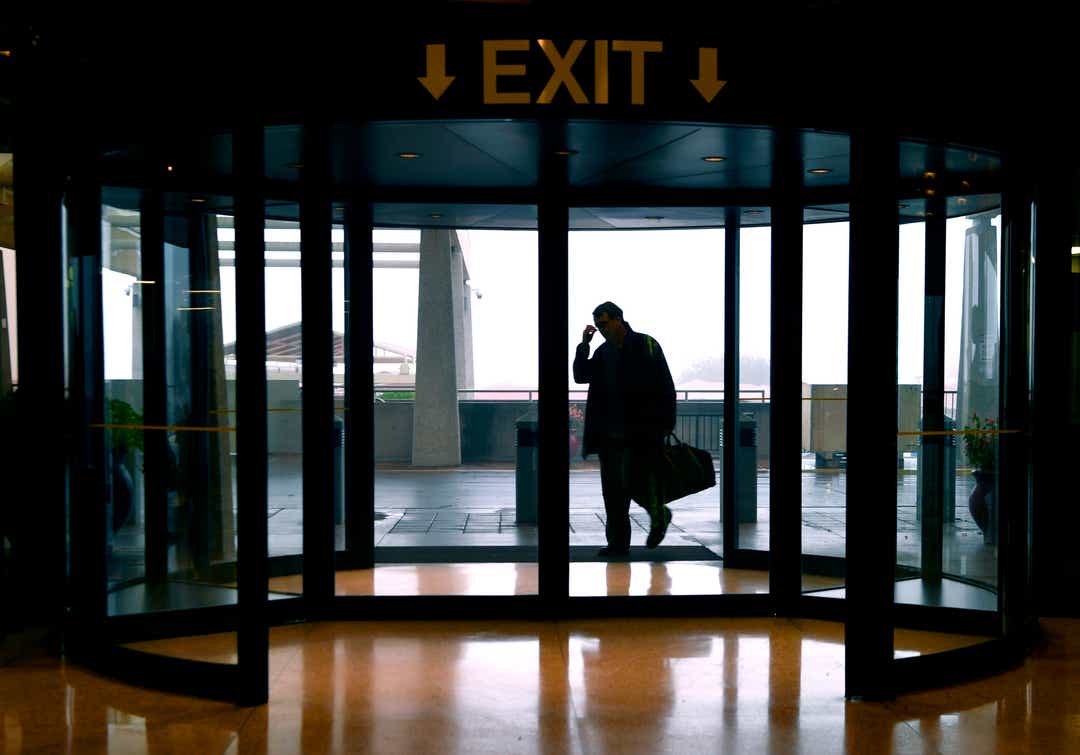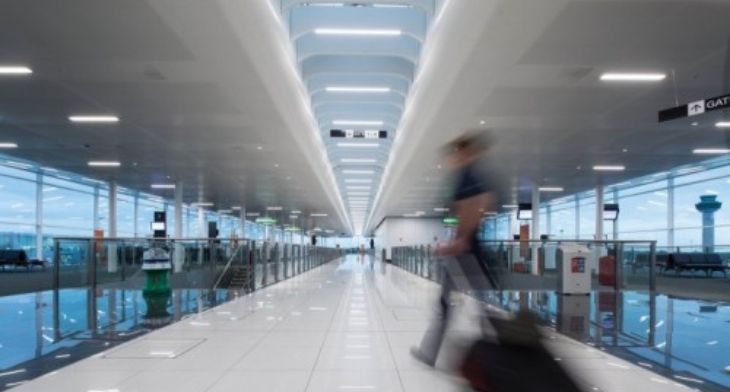


According to the International Civil Aviation Organization (ICAO) airline seating capacity fell by around 50% last year, with just 1.8 billion passengers taking flights through 2020, compared with around 4.5 billion in 2019.
In a press statement, ICAO revealed the drop in passenger traffic adds up to a staggering financial loss to the industry of around $370 billion, “with airports and air navigation services providers losing a further 115 billion and 13 billion respectively,”
While the global air industry came to a virtual standstill at the end of March 2020 in response to widespread national lockdowns, by the end of April the overall number of passengers had fallen 92% from 2019 levels, an average of the 98% drop-off seen in international traffic and 87% fall in domestic air travel.
Although there was a moderate rebound during the summer period, it was short-lived. “Sectoral recovery became more vulnerable and volatile again during the last four months of 2020, indicating an overall double-dip recession for the year,” ICAO said.
The report also notes “a persistent disparity between domestic and international air travel impacts resulting from the more stringent international measures in force.”
ICAO also reports that with domestic travel proving more resilient and the main driver of any glimmer of recovery to the industry, this was particularly true in China and Russia, where domestic passenger numbers have already returned to pre-pandemic levels.
The plunge in traffic has not only put the entire aviation industry’s financial liability into question, said ICAO, it also threatens the viability of millions of associated jobs around the world and has severely impacted global tourism. It also stated that improvement is not expected until the second quarter of 2021, although this will still be subject to the effectiveness of pandemic management and vaccination roll out around the world.
In the most optimistic scenario, ICAO forecasts that by June 2021 passenger numbers will be expected to recover globally to 71% of their 2019 levels (or 53% for international and 84% for domestic flights). However the more pessimistic scenario foresees only a 49% recovery (66% domestic and 26% international).






